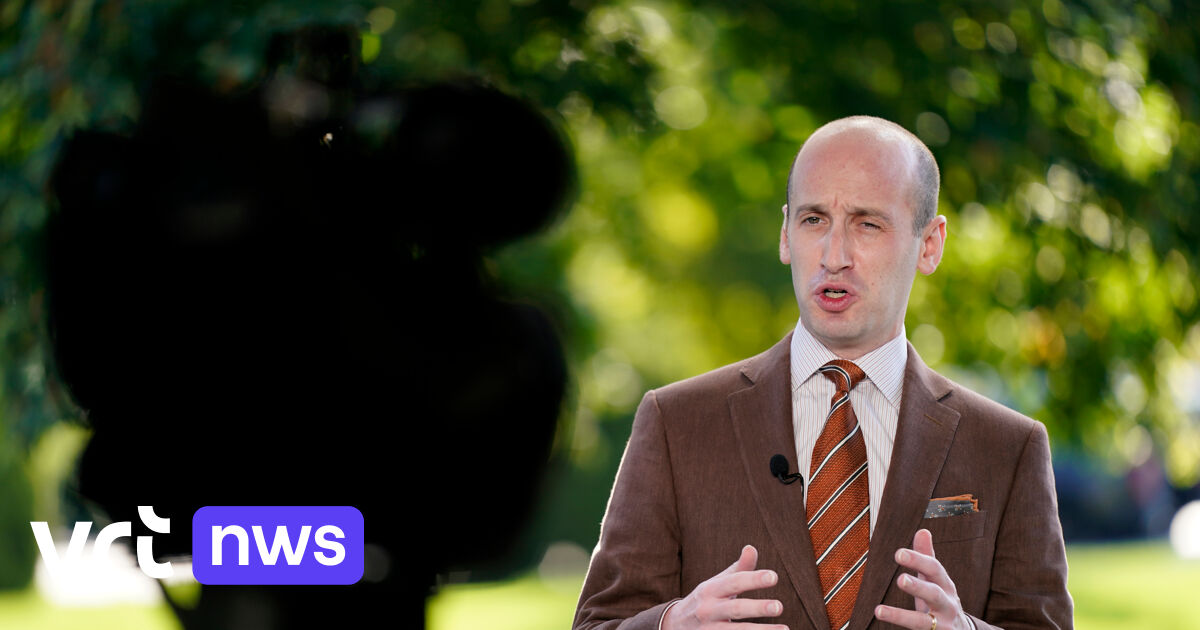In the aftermath of the disputed legislative elections won by the pro-presidential parties, thousands of demonstrators opposed to President Sooronbai Jeenbekov marched through the streets of the capital, Bishkek, on Monday (October 5th). During the night, clashes took place with the police when the latter wanted to disperse them.
Some then invaded the “White House”, seat of Kyrgyz power, then also managed to free Almazbek Atambaïev from prison, as well as several other political figures also imprisoned. Opposition witnesses stressed that the Kyrgyz security forces had weakly defended access to the seat of power and made little attempt to prevent the release of the outgoing president. However, the clashes between the police and demonstrators left more than 600 injured, including 164 hospitalized, and one dead, according to the Interior Ministry.
What was the situation on Tuesday, October 6?
What happened may resemble a coup, with protesters calling for the resignation of the incumbent president as well as new elections, and still holding the seat of power. Several of the opponents released during the night also claimed to have formed a “coordination council” to restore stability.
But, at the same time, the incumbent President Sooronbai Jeenbekov, who escaped from the seat of power before it was taken by the demonstrators, affirmed on the contrary Tuesday, through the voice of his spokesperson, that he was still in control. The sitting president added that he knowingly refused to give the order to shoot at the demonstrators. In addition, after asking the electoral commission to examine violations of the electoral regularity of the legislative ballot, the latter was canceled on Tuesday.
What are the risks of this situation?
During the last coup, in 2010, the tensions and destabilization of the country gave rise to deadly ethnic clashes, especially in southern Kyrgyzstan, between the majority Kyrgyz community and the Uzbek minority.
What events have contributed to the current situation?
In 2017, the presidential election brought to power Sooronbai Jeenbekov, who then peacefully succeeded incumbent Almazbek Atambayev. But their relations deteriorated and, in 2019, Jeenbekov had Atambayev imprisoned, after an arrest which generated significant violence with the latter’s supporters. Atambaïev was then sentenced to 11 years in prison for having released a criminal while he was President, and was to be tried again soon, this time for “organizing massive unrest and murder”.
Where is Kyrgyzstan located?
Kyrgyzstan, a mountainous steppe country in Central Asia, has 6 million inhabitants. The majority of them are Kyrgyz but there is a strong Uzbek minority.
Since when has he been independent?
Like the four other former Soviet socialist republics of Central Asia (Kazakhstan, Uzbekistan, Turkmenistan and Tajikistan), Kyrgyzstan gained its independence following the collapse of the Soviet empire in the mid-1990s. it has nevertheless experienced two revolutions since then, in 2005 and 2010, it remains the country considered to be the most democratic in this region.
– .


